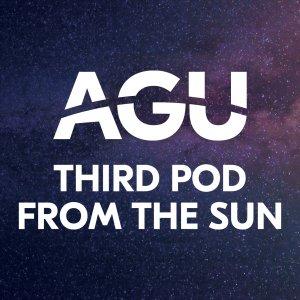Third Pod from the Sun

Tracking Adorable Chainsaws
Northern fur seals spend more than half their lives at sea. But every summer, they congregate on the rocky, charcoal-colored beaches of Alaska’s Pribilof Islands to mate and give birth to tiny, black-furred pups.
Researchers take advantage of the seals’ short time on land to learn more about them and try to understand why their populations have been declining since the mid-1970s. Part of this research involves attaching GPS trackers to the seals’ bodies so satellites can monitor their movements from afar.
But it’s not easy walking into a fur seal breeding colony full of aggressive, 500-pound males – not to mention getting close enough to attach a satellite tag. In this episode, Noel Pelland and Jeremy Sterling, researchers at NOAA’s Alaska Fisheries Science Center in Seattle, describe what it’s like to work with these beautiful yet unpredictable creatures.
Listen to Jeremy recount his experience crawling into a fur seal rookery full of cuddly pups with razor-sharp teeth and hear Noel describe what the satellite tags tell us about fur seal migrations. Find out how modern science is confirming what native Alaskans have known for centuries about seal migrations and learn what it’s like to watch male fur seals battle for territory with nothing more than a plywood box for protection.
Read more about tagging seals in the Pribilofs in this blog series from NOAA and learn more about how winds influence seal pup migration in this press release from AGU. And watch this video from NOAA to learn more about fur seals and their migrations.






 Visit Podcast Website
Visit Podcast Website RSS Podcast Feed
RSS Podcast Feed Subscribe
Subscribe
 Add to MyCast
Add to MyCast